The next generation of electric cars from the Hyundai Motor Group (HMG) will sit atop the new Electric-Global Modular Platform (E-GMP) architecture, beginning with the boldly styled Hyundai Ioniq 5 crossover in 2021.
The Korean group's first bespoke EV architecture will go on to underpin cars of varying sizes from Hyundai, Kia and Genesis, ranging from hatchbacks to full-size SUVs, as part of its strategy to introduce 23 full EVs by 2025.
Cars based on the E-GMP platform will offer a maximum range of more than 310 miles per charge, with standard high-speed 800V charging capability (so far available only on the Porsche Taycan), allowing an 80% charge in as little as 18 minutes from a 350kW rapid-charger.

With lower-capacity 50-150kW chargers currently more readily accessible, the platform's "multi-charging" system is also compatible with 400V infrastructure, courtesy of "world's first" patented inverter technology that adjusts charging capacity.
HMG has also done away with the conventional on-board charger that features in its current crop of EVs for a new Integrated Charging Control Unit (ICCU) that allows electricity to flow in both directions, allowing the E-GMP platform to be used as a power source for external electric machinery - including other electric cars. This new "vehicle-to-load" (V2L) function can supply up to 3.5kW of power.
The energy density of the batteries is said to be around 10% higher than those currently on sale, meaning they weigh less and can be mounted lower down in the chassis. Hyundai claims this is partly a result of a more compact cooling system, which uses oil rather than water.
The E-GMP is claimed to have been "engineered to offer improved cornering performance and driving stability at high speed". The battery pack is positioned close to the ground for a low centre of gravity, while five-link rear suspension - as featured on the new Mercedes-Benz S-Class and Rolls-Royce Ghost - combines with an innovative 'integrated drive axle' for enhanced ride comfort and stability.


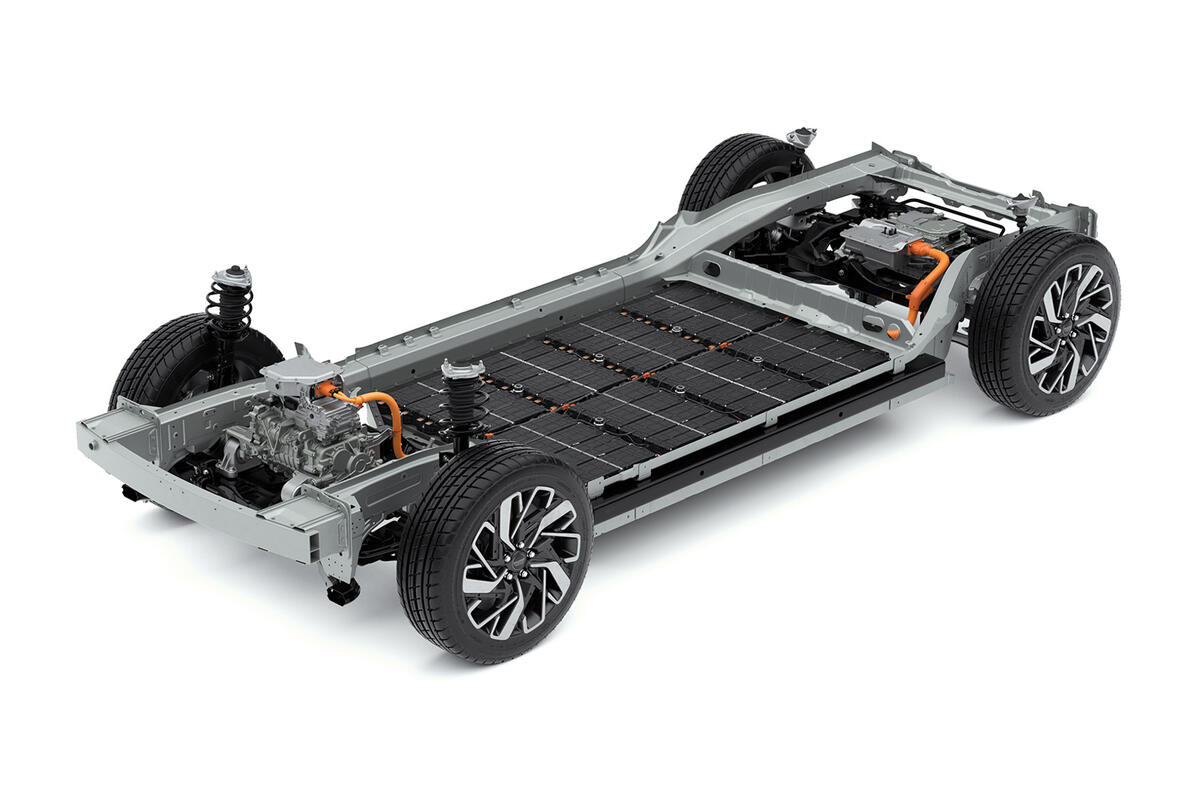
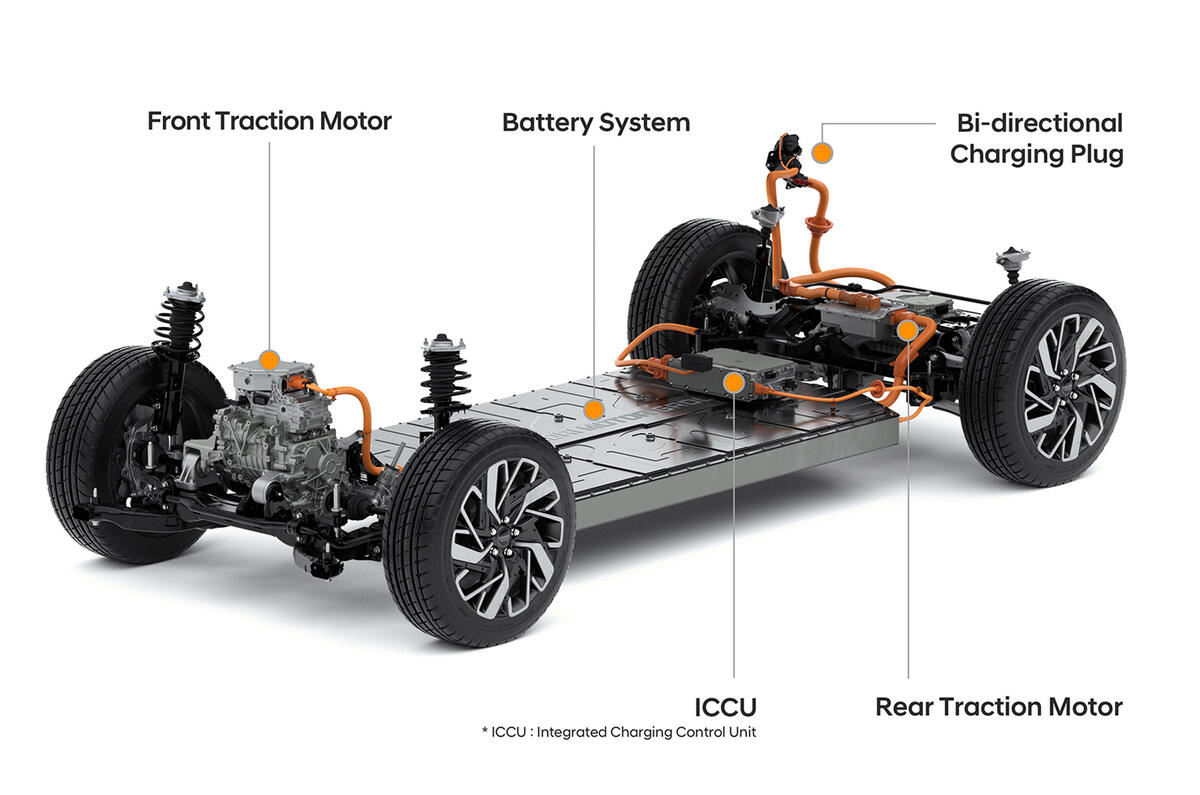
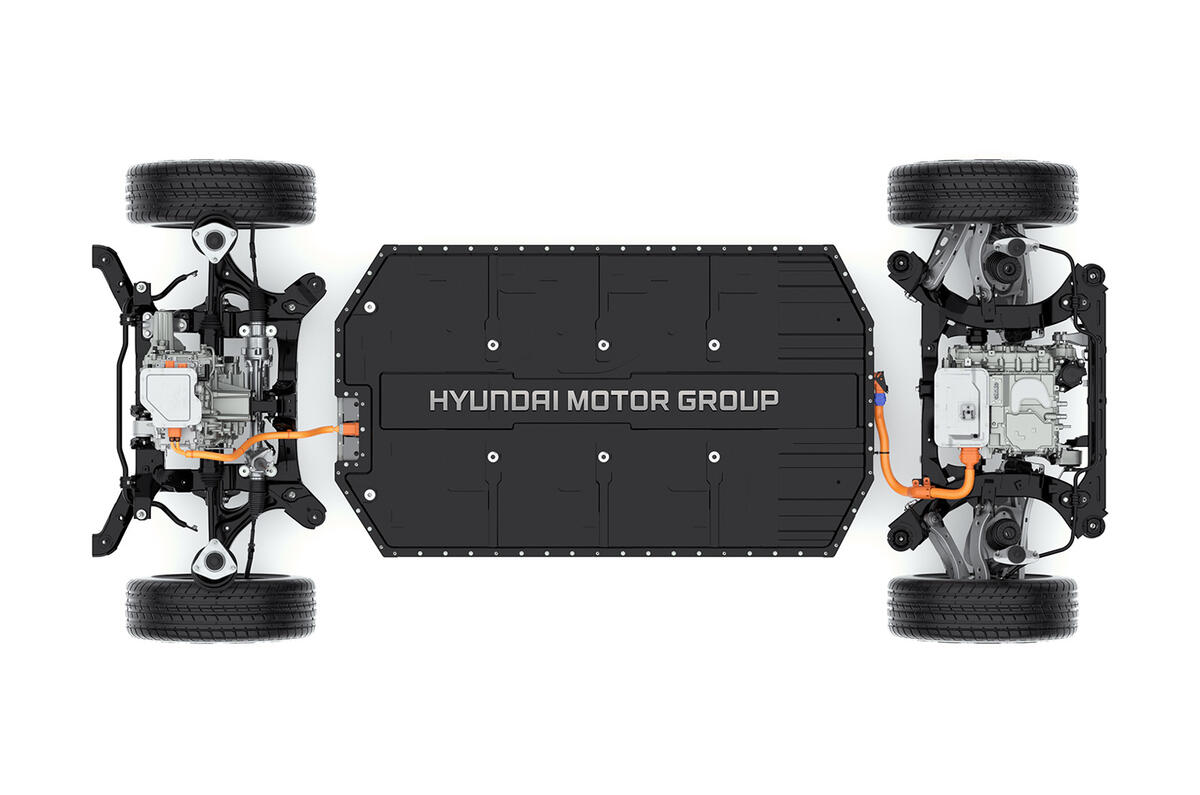
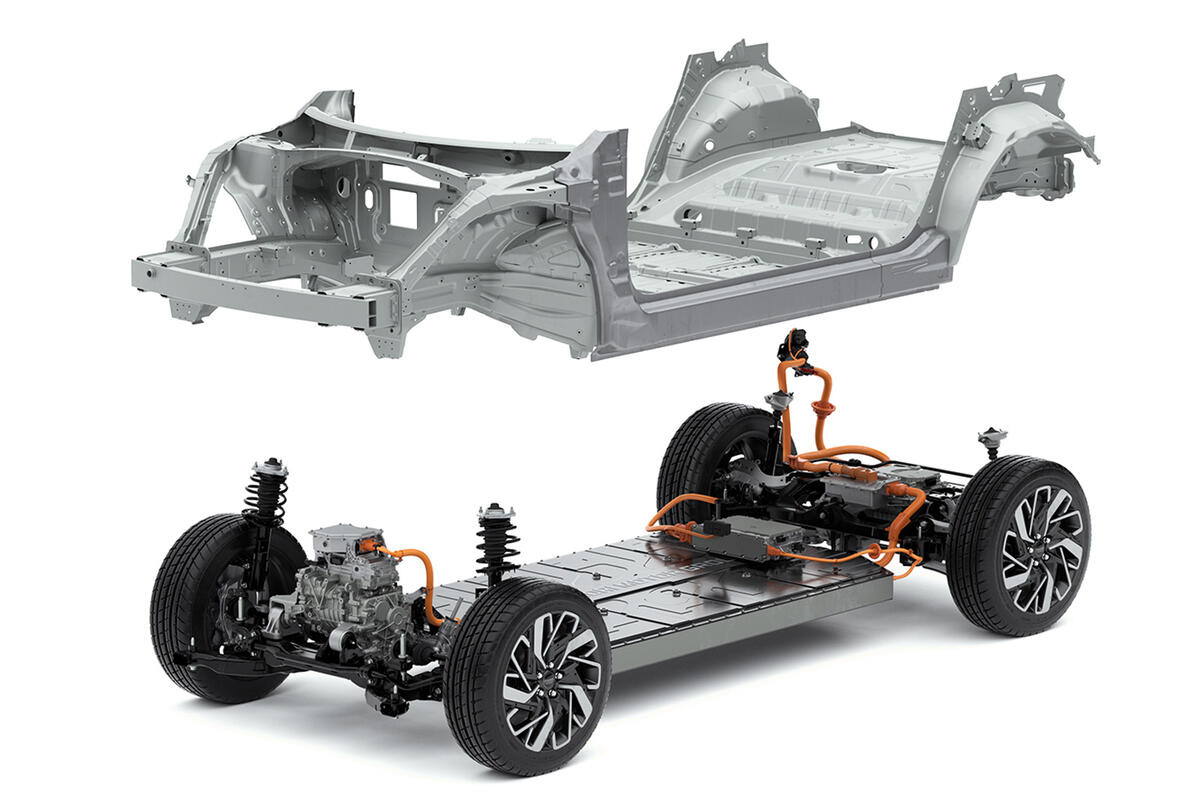
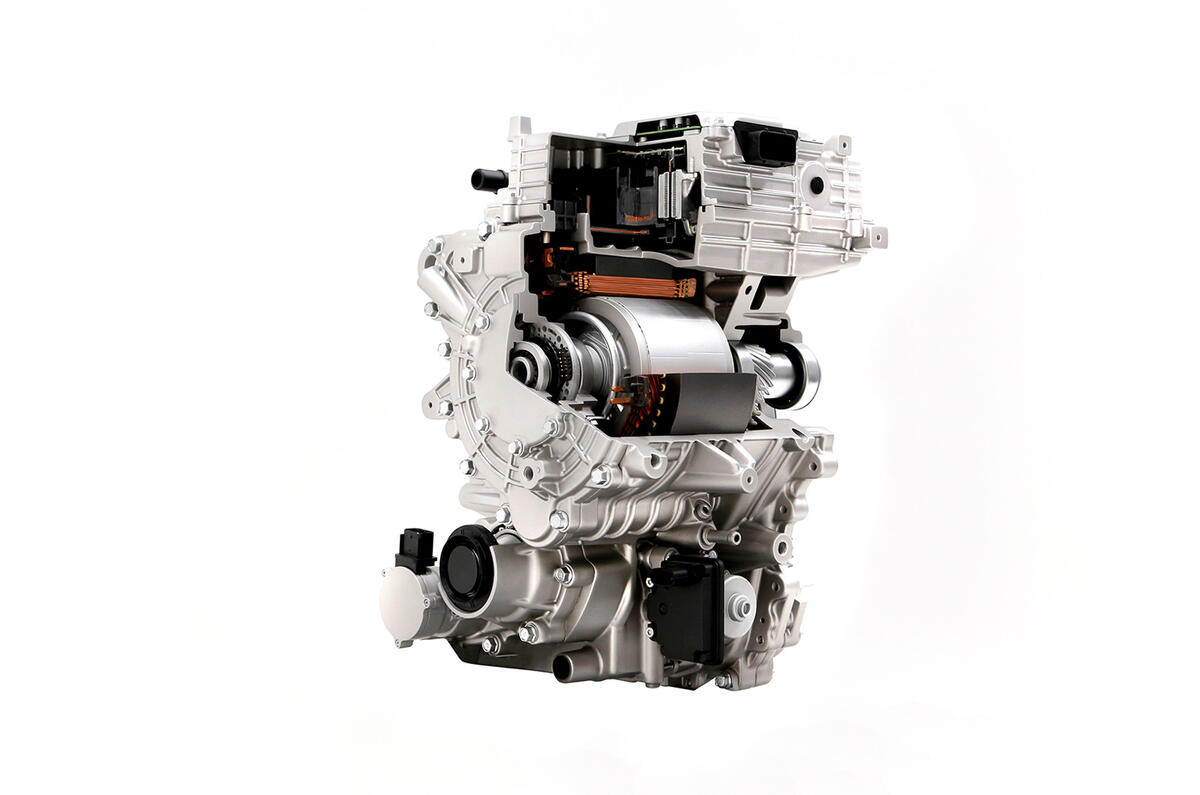
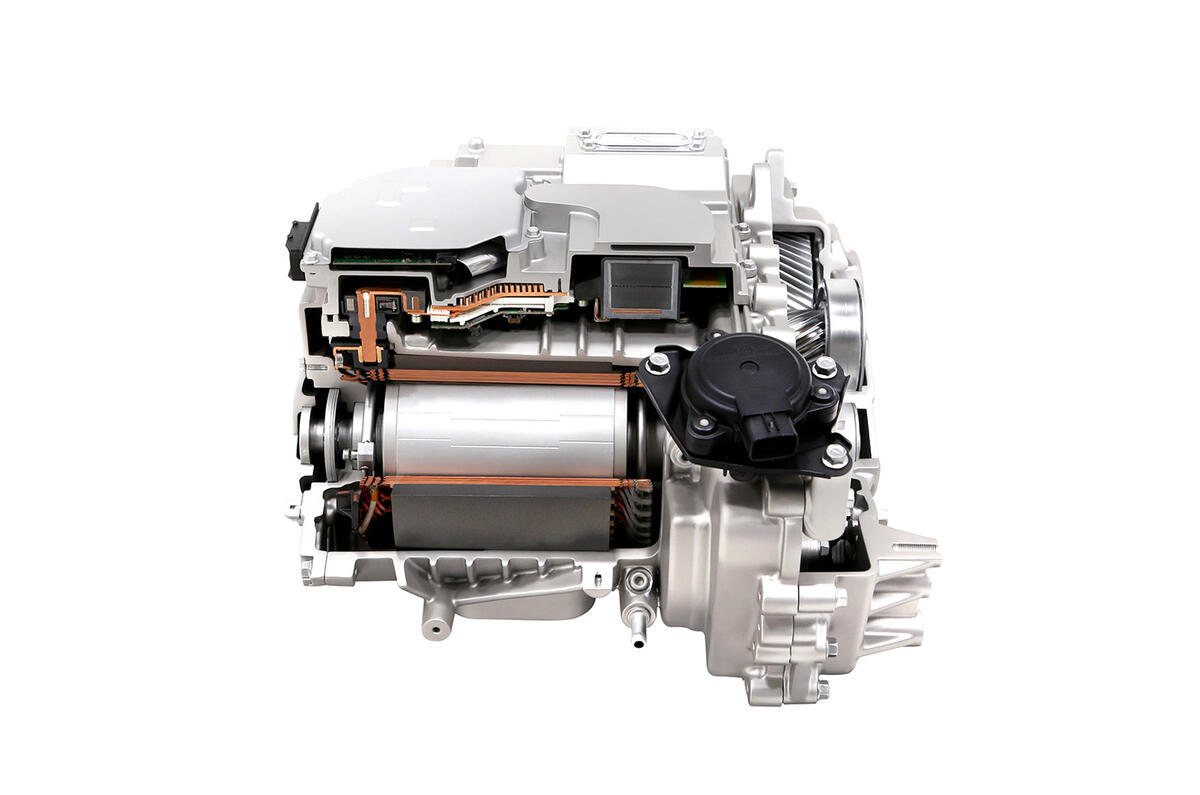

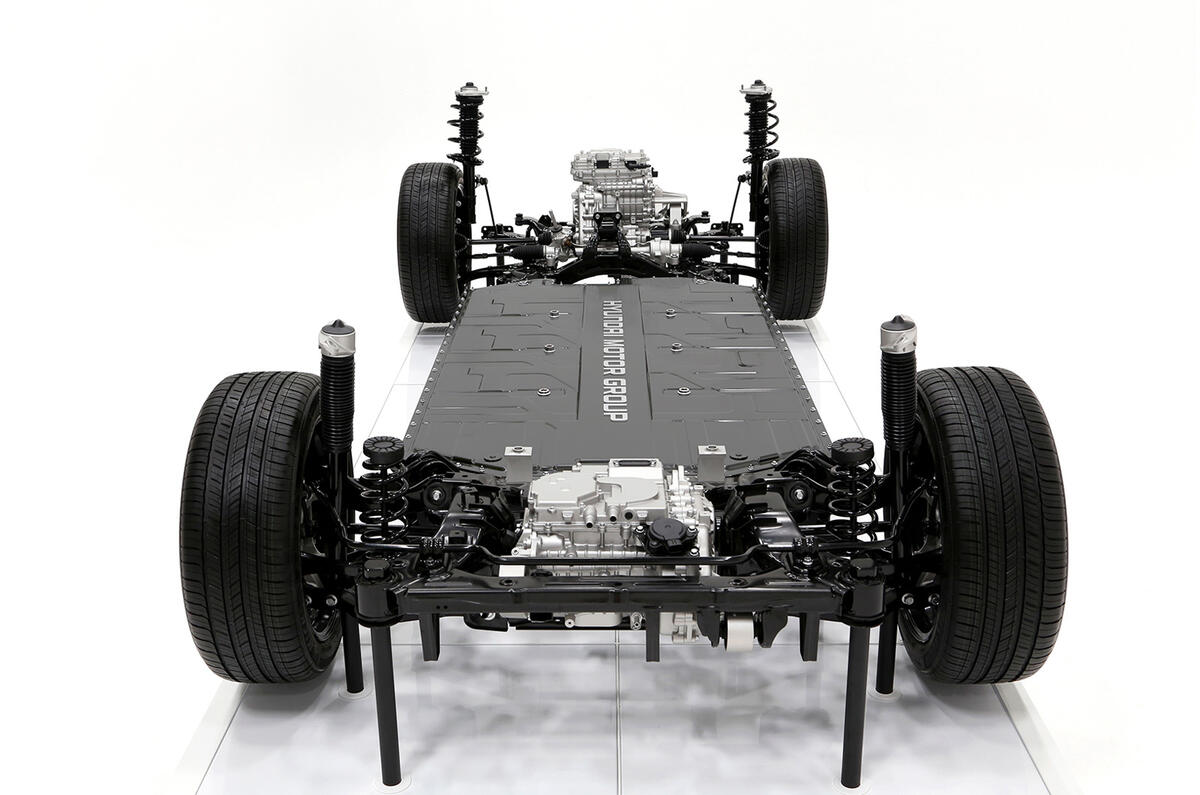
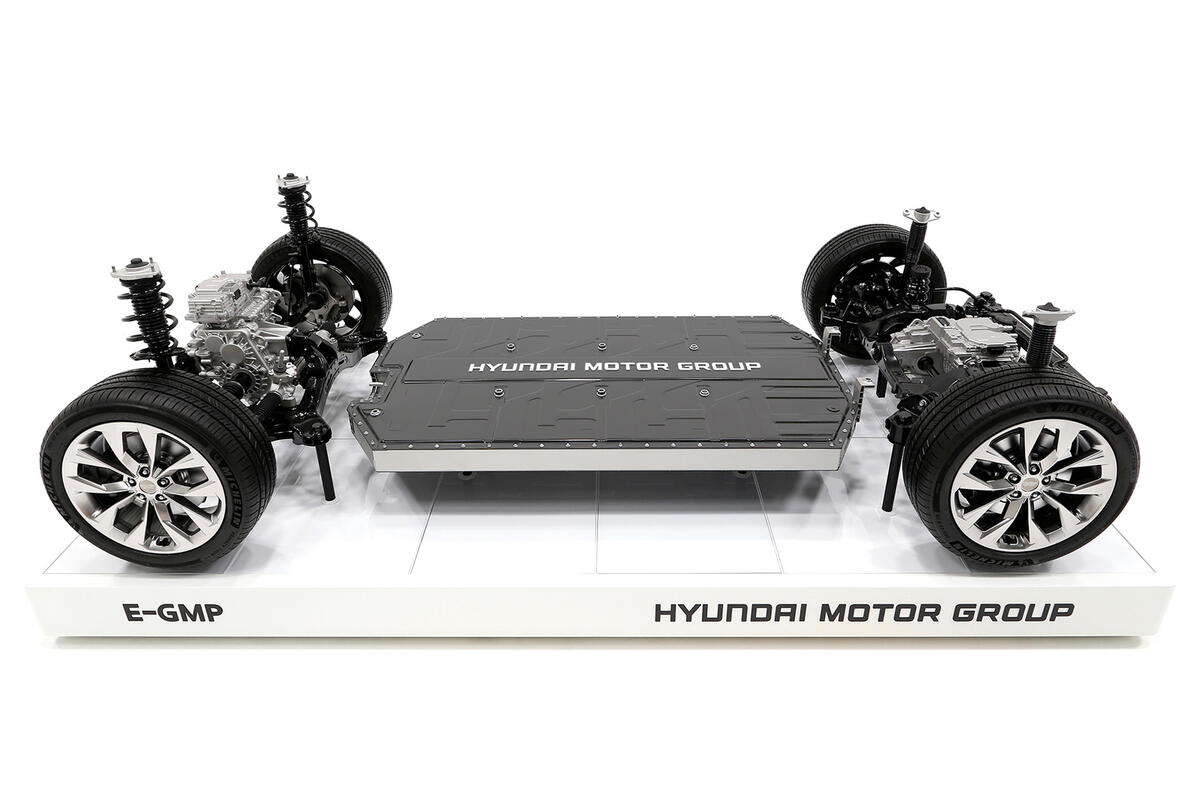
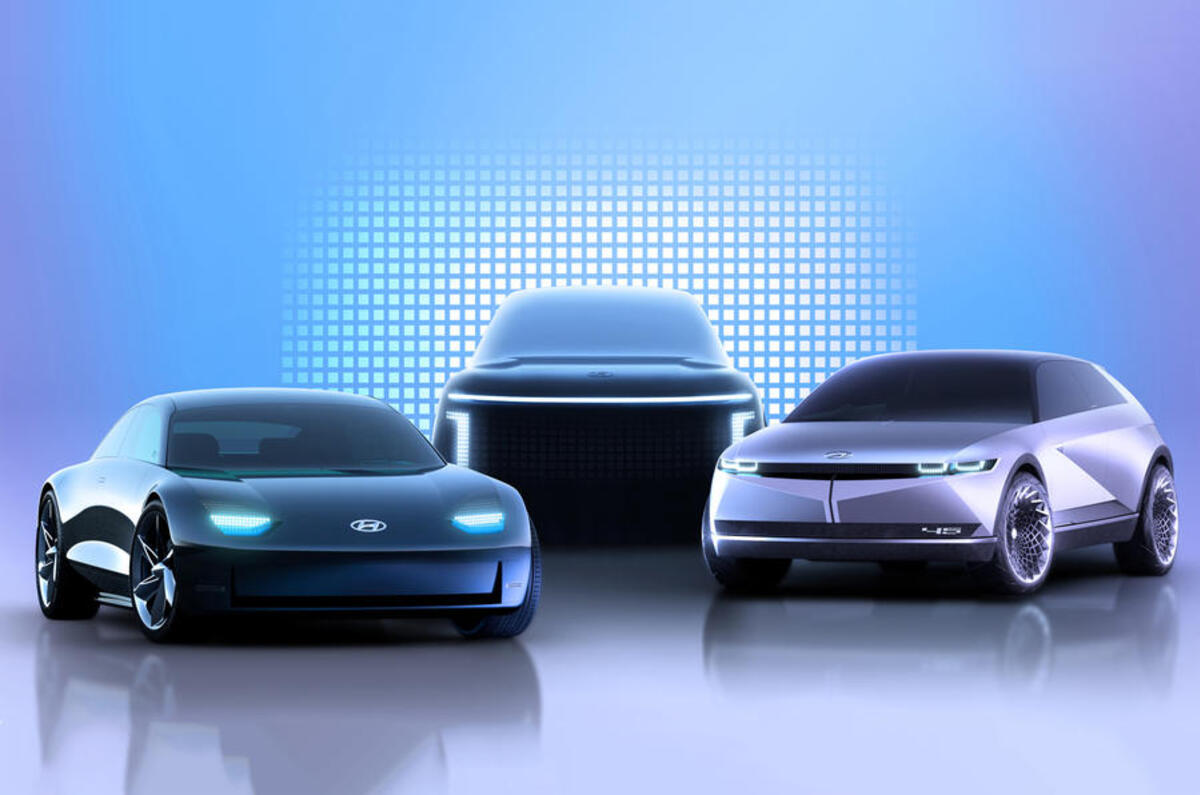
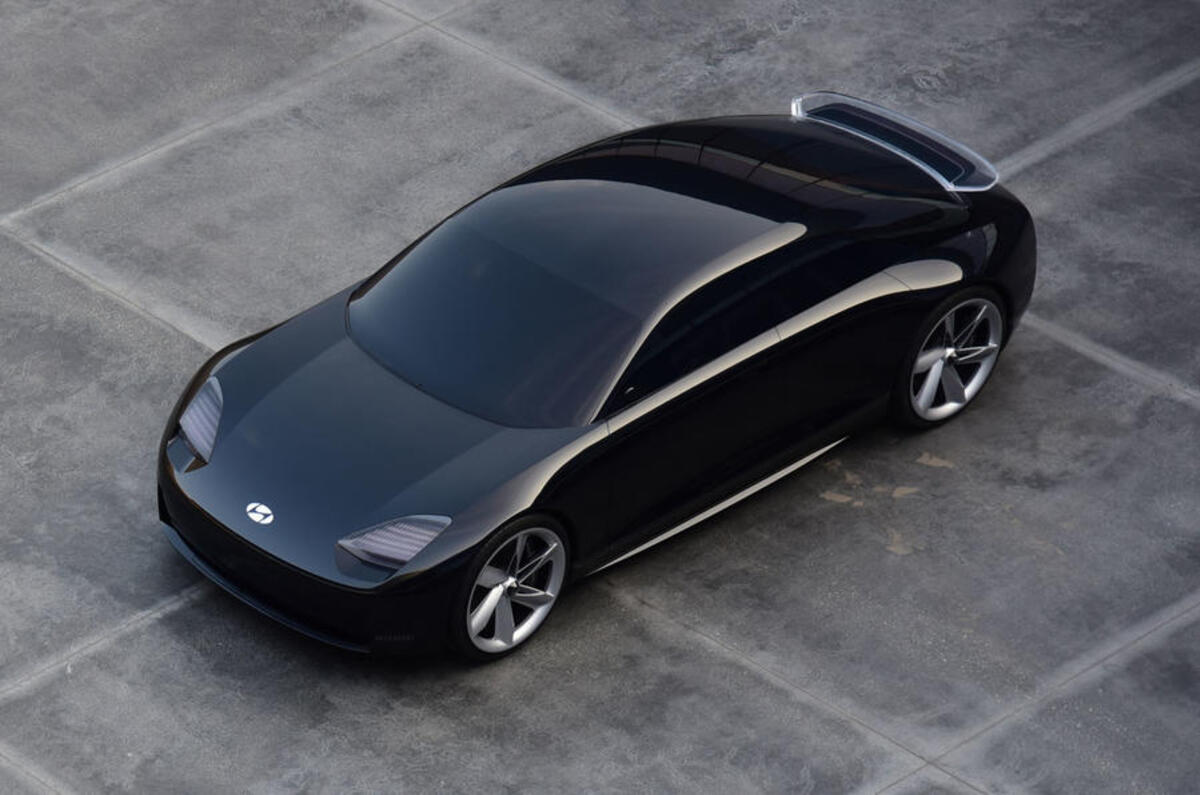
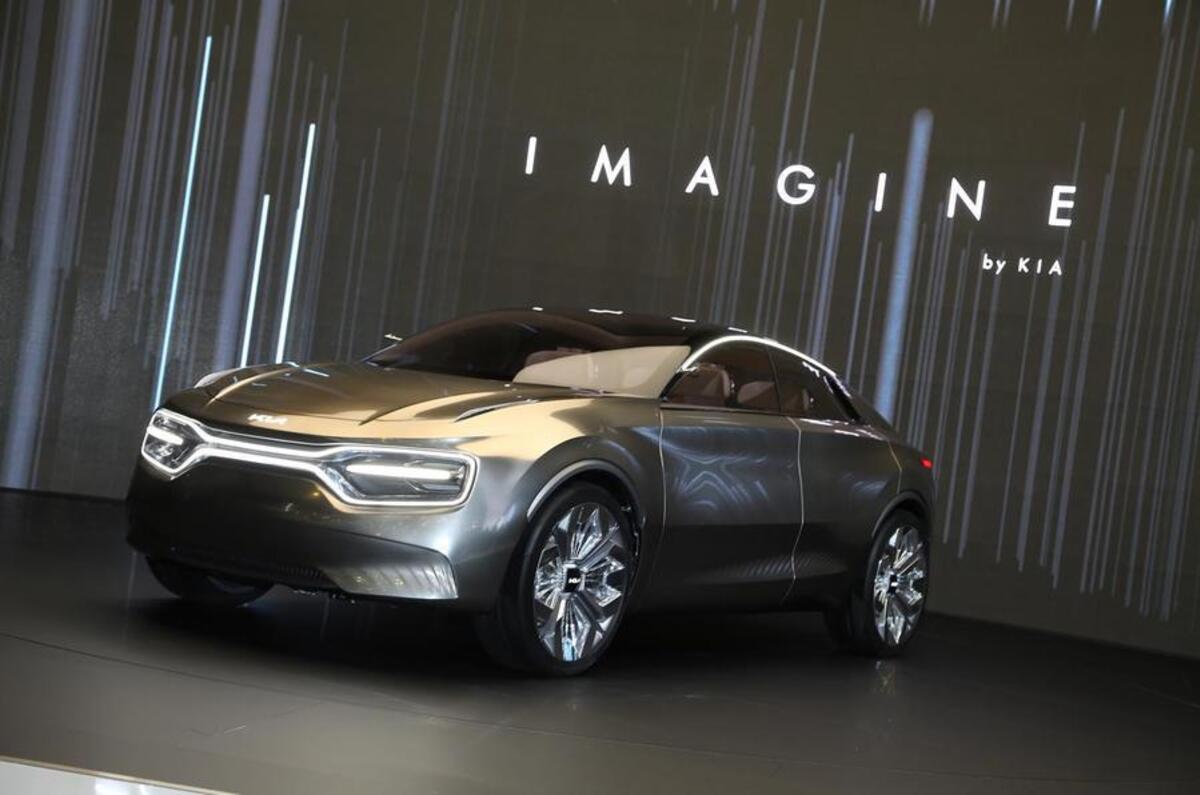
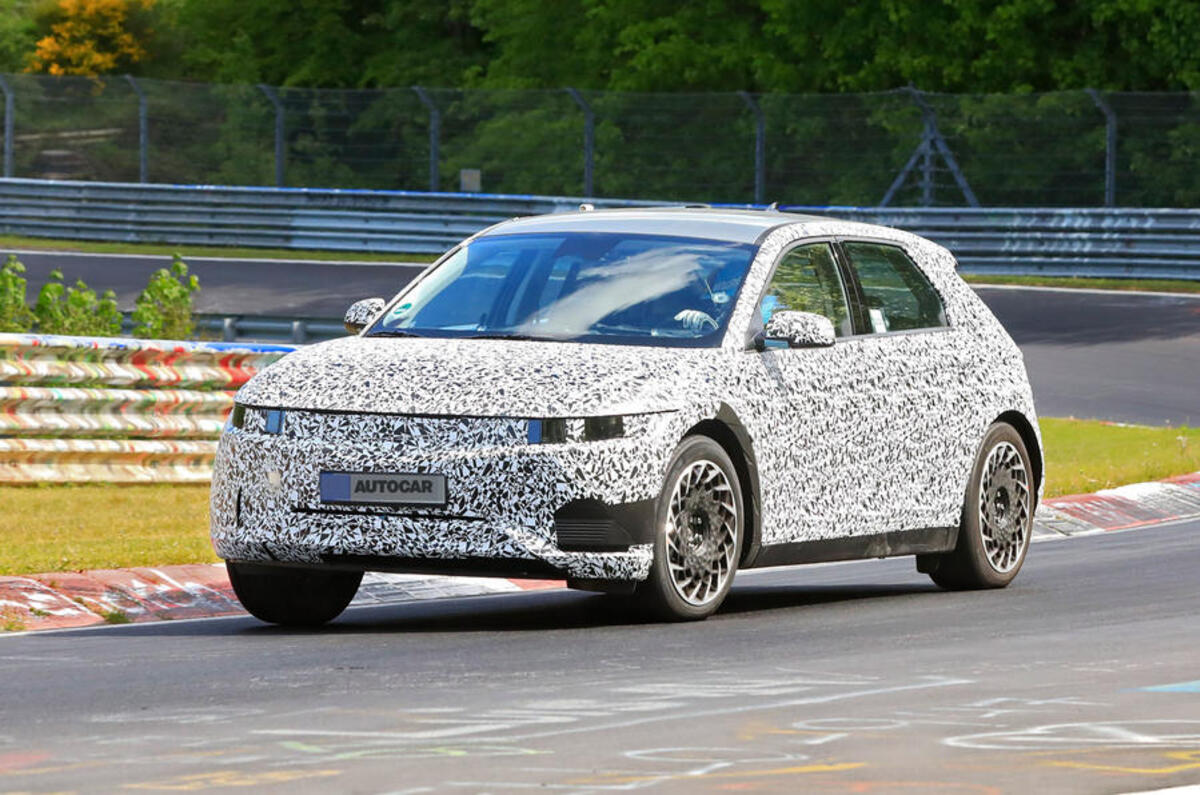
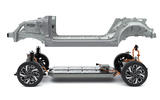
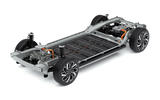
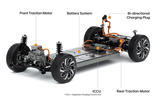
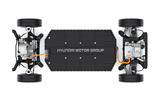
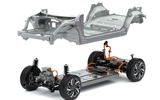
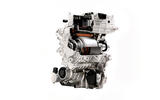
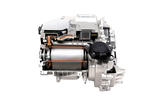

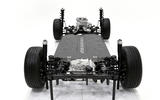
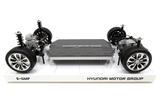

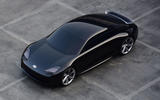
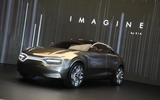
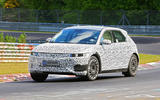








Join the debate
Add your comment
Yes. Charger compatibility is interesting and exciting.
Yet another car being designed for a future that we are nowhere near. 350kW is like 200mph or 0-60 in 2 seconds, headline grabbing but totally inappropriate for everyday use. Why design a system that less than 1% need. 4-8 50kW chargers in groups is better than 1-2 350kW. As a regular driver of 250-300 mile mixed road trips I find that plugging my car in for 15-20 minutes after driving 2 hours is a relief to stretch my legs and grab a drink. By the time I get back to the car the rate of charge has dropped so much it's not worth waiting any longer to squeeze in the last few electrons when 25-30kWh has been added ready for next 2 hours.
Personally, I think the prospect of a car taking off at a juction when the lights go green & hitting 60mph by the time it reaches the pedestrian slowly finishing crossing the road at the other side of the junction a bit terrifying, very anti-social and a poor use of energy - remembering that all electricity has some environmental cost. I'd guess that cars will be restricted, in time. Don't get me wrong, I am an EV driver & advocate, but even my humble Hyundai EV can reach unsuspecting pedestrians virtually instantly, and confuse drivers pulling out of junctions who think they have plenty of time & space, if I choose to drive like an A-hole!